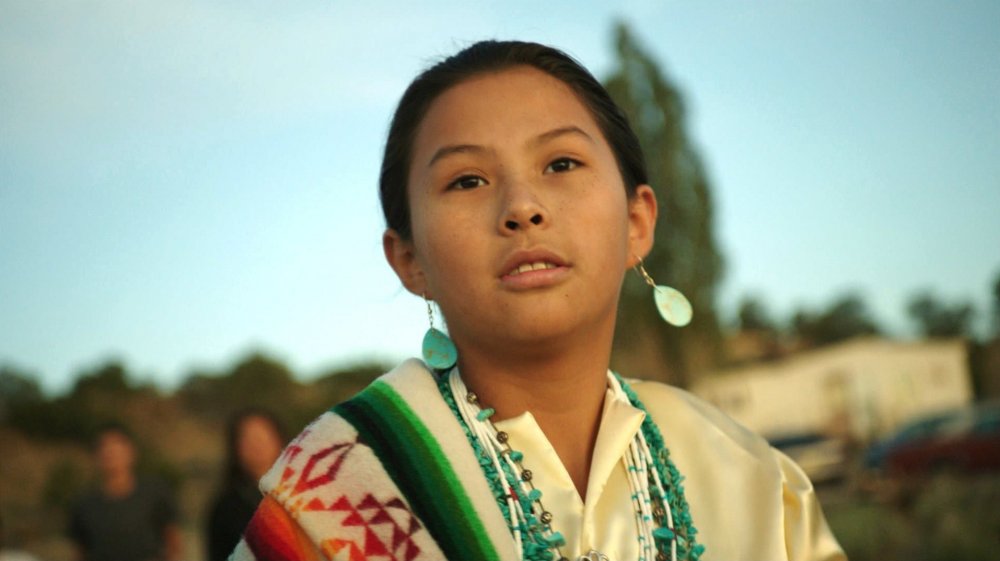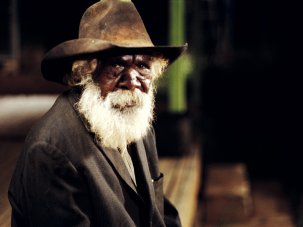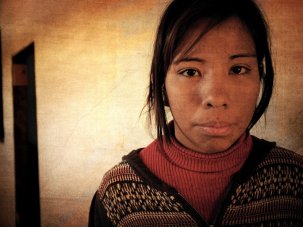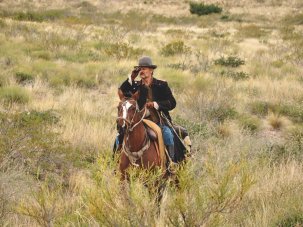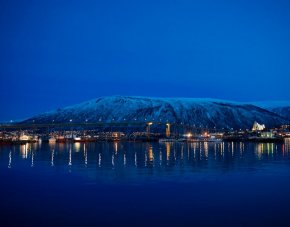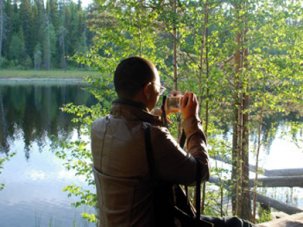“Growing up where I grew up [on the Navajo Nation reservation around Gallup, New Mexico], I never saw the places and people I knew represented on film.”
Origins Festival of First Nations runs 10-24 June 2015 at venues around London.
That absence became Sydney Freeland’s inspiration to write and direct Sundance smash Drunktown’s Finest, which will screen as part of the fresh perspective offered by Origins: Festival of First Nations, a multi-arts festival taking place across London, June 9- this month. As Freeland points out, “the media representation of Native Americans was confined to the 1800s – like Dances with Wolves (1990) or The Last of the Mohicans (1992). The representations of Native Americans on film was still very simplified: the elder, the warrior, the gentle maiden. I wanted to tell a story about the people that I knew.”
Since Atanarjuat the Fast Runner became the first indigenous-language film to win the Camera d’Or at Cannes in 2001, indigenous cinema has been hitting the headlines globally. In the UK, however, it’s still outdated misrepresentations that tend to make the news – viz reports castigating Sony and Cameron Crowe for casting white actor Emma Stone as a mixed-race Hawaiian in Aloha (2015), or following Navajo actors including Loren Anthony and Allison Young walking off the set of Adam Sandler’s The Ridiculous Six over racist, sexist language.
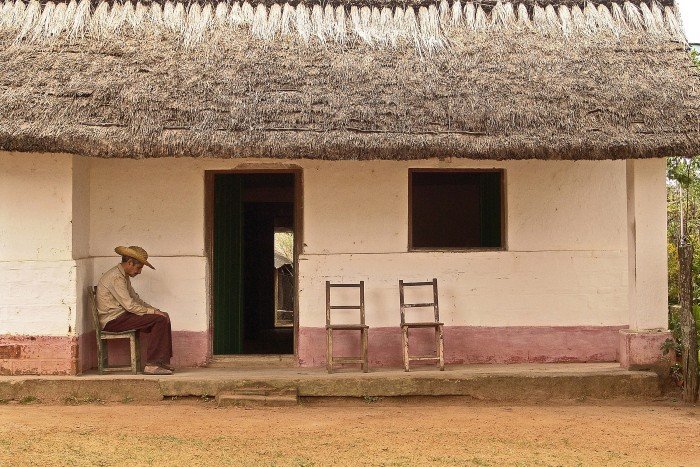
Paraguayan Hammock (2006)
But representing indigenous people on screen is no longer the preserve of EuroWestern filmmakers. Origins programme includes not only Drunktown’s Finest but also Paraguayan Hammock (2006), by Guaraní filmmaker Paz Encina, which is ‘slow cinema’ at its finest, and Uvanga (2013) by Arnait Video Productions, an Inuit women’s collective basedin Igloolik, the same town as Atanarjuat’s producers Isuma. Uvanga was co-directed by Marie-Hélène Cousineau, a white French Canadian, and Madeline Piujuq Ivalu, an Inuk, and it tells a cross-cultural story.
Indeed, white filmmakers continue to play a role within indigenous cinema, but increasingly as accomplices rather than appropriators. By way of example, Origins hosts a mini-retrospective of the films made by Rolf de Heer, whose work with Yolngu actor and traditional dancer David Gulpilil is a model for collaboration.
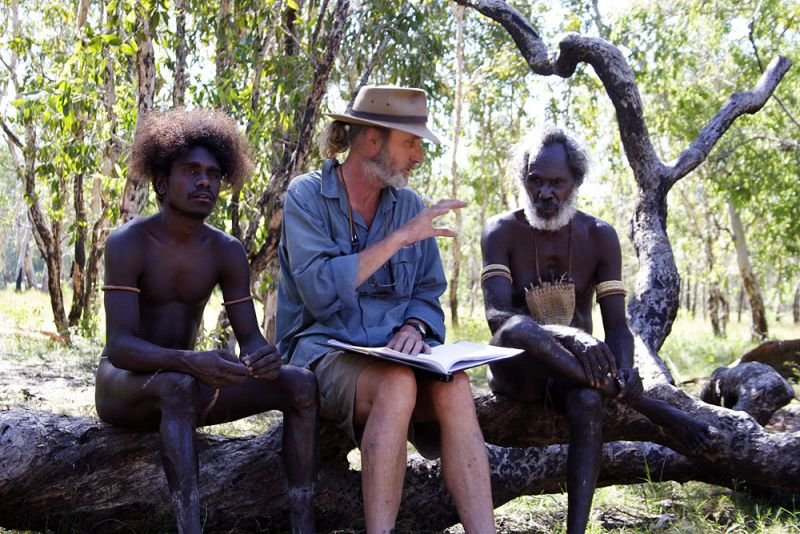
Rolf de Heer and two actors on location for Ten Canoes (2006)
Gulpilil’s famous first film role, in Nic Roeg’s 1971 Walkabout, is referenced in his first film with de Heer, The Tracker (2002). Set in 1922, during British rule of Australia, it finds Gulpilil in a similarly complex role to the same year’s Rabbit-Proof Fence, as an Aboriginal tracker forced to serve a racist white policeman.
“The British today should be aware of indigenous realities because they were the number-one colonial force, and at one point very well aware of who indigenous people were,” notes Cousineau. “It’s part of their history, so they should see what happened, whether in Australia or Canada or USA.” As it happens, The Tracker serves us a view of the era in which the British expropriated many of the sacred objects now showing in the British Museum’s Indigenous Australia: Enduring Civilisation exhibition, around which the festival is offering a guided tour. De Heer and Gulpilil’s second collaboration Ten Canoes (2006, co-directed by Yolngu actor Peter Djigirr), which won Cannes’s Special Jury Prize, meanwhile shows us the artifacts’ precolonial context, while Charlie’s Country (2014), De Heer and Gulpilil’s third, highlights contemporary attempts to secure the objects’ return to enduring communities.
Like The Tracker, Mexican filmmaker Dana Rotberg’s White Lies (Tuakiri Huna, 2013) is set in the early twentieth century, this time in New Zealand; unlike the male-dominated worlds of de Heer’s films, it focuses on the zones of contact between Maori and white women. It’s adapted from a story by Maori novelist Witi Ihimaera, like Niki Caro’s Whale Rider (2002), which also screens in the festival.
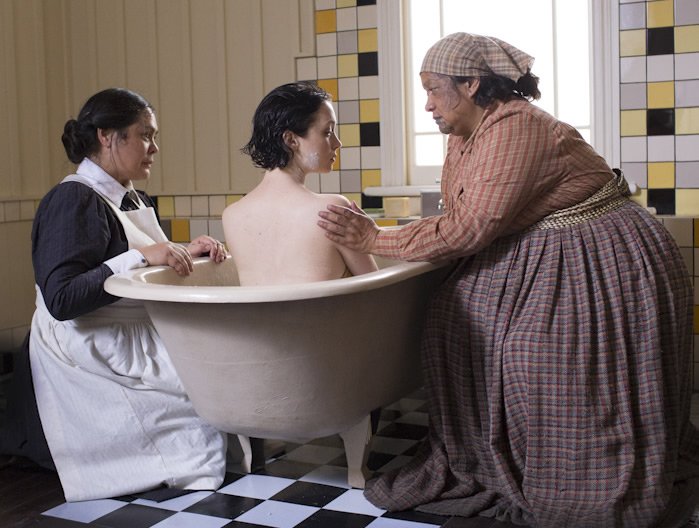
White Lies (Tuakiri Huna, 2013)
2002 is a key date for the wave of fourth world cinema. As Cousineau says, “After Atanarjuat it became obvious to the system that people wanted to make those films, that they needed to make them, and that the outside world was interested in receiving them.”
Yet while films by directors of EuroWestern origin such as de Heer and Caro have received global distribution and critical acclaim, films by indigenous filmmakers have not. Cousineau notes that despite Canadian national funding for indigenous-language films in the post-Atanarjuat era, the results struggle to reach audiences. She identifies one gatekeeper in particular: “The power of the distributors is too great: they are a select club who determine whether you can make a film.”
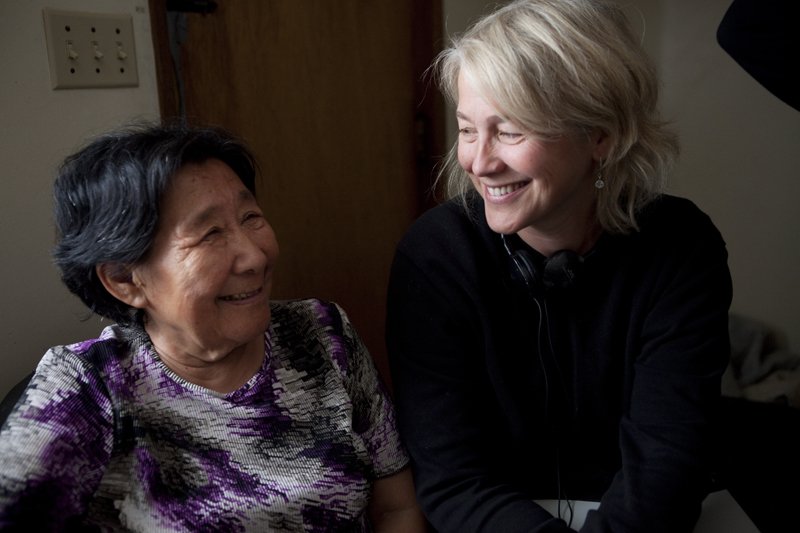
Madeline Piujuq Ivalu and Marie-Hélène Cousineau, co-directors of Uvanga (2013)
“What isn’t connecting?” asks Freedland. “My film got into Sundance – “but as soon as we said ‘Native American’, distributors’ eyes would glaze over.
“Six months out of Sundance with no distribution,” she adds, “we asked a theatre in Santa Fe if we could screen the film for a week, and the film ended up running for five weeks because we pulled in a decent amount of ticket sales. We made the same deal with a different theatre chain in Arizona: the film ran for five weeks in Flagstaff and six in Phoenix. We have it on paper: people will pay to see these movies.”
Cousineau points to indigenous-specific festivals such as Toronto’s imagineNATIVE, Montreal’s Terres en vues (Land Insights), the Vancouver Indigenous Media Arts Festival and the Winnipeg Aboriginal Film Festival as crucial for allowing indigenous audiences to see themselves reflected on screen. “I’ve shown Before Tomorrow to indigenous audiences in Kathmandu, Oaxaca and Toronto,” she says. “They’re happy and proud, for different reasons than mixed audiences in New York or Park City, Utah.” She notes that festivals such as imagineNATIVE are committed to “putting into context the work of the filmmakers” to bring in a wide audience. (Origins festival’s own programme includes a Q&A with de Heer at the screening of Charlie’s Country, as well as panel discussions with many of the films, and a chance to see Ojibwe environmental activist and US vice-presidential candidate Winona LaDuke both on film, in Bertram Verhaag and Claus Biegert’s 2003 documentary Thunderbird Woman, and live on stage giving the Origins Lecture.)
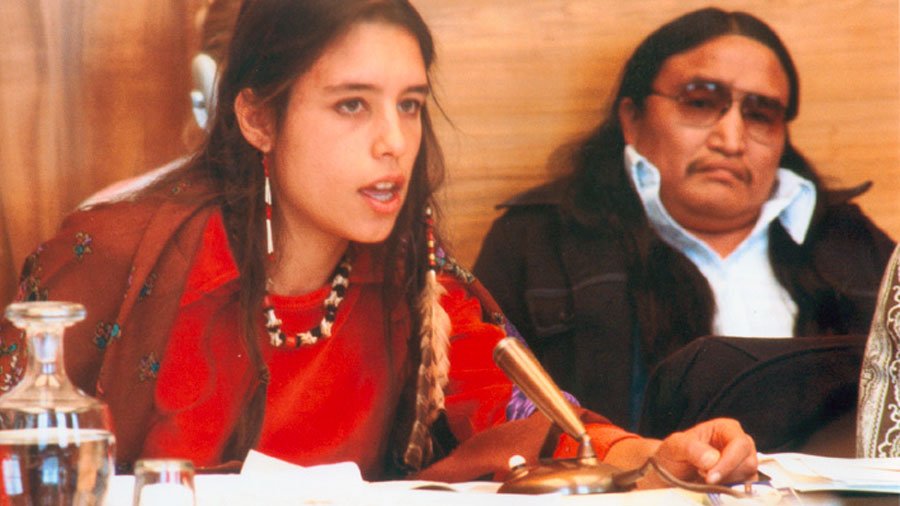
Winona LaDuke in the documentary Thunderbird Woman (2003)
For both Cousineau and Freeland, the diverse programming and audience outreach of the festival circuit, compared to commercial distribution, has enabled the emergence of twenty-first century indigenous cinema. Freeland says her “film would not be what it was without Sundance.” As well as screening the film in the festival, she participated in both the Sundance Screenwriters’ Lab and the Native American and Indigenous Film Program, on the homelands of the Mescalero Apache tribe in New Mexico. “We had a welcoming ceremony and a prayer, and a closing feast, and all these things we knew from our backgrounds: a little bit Sundance, a little bit indigenous,” she says.
The Program’s alumni include Chris Eyre (Cheyenne/Arapaho), director of Smoke Signals (1998), and Taika Waititi (of Te-Whanau-a-Apanui descent), co-director and co-star of What We Do in the Shadows (2014). “Watching [Taika Waititi’s previous, 2010 feature] Boy, about a year and a half before we went into production, had a big influence on me,” says Freeland. “I knew all those people he put up on screen, and that was really encouraging.”
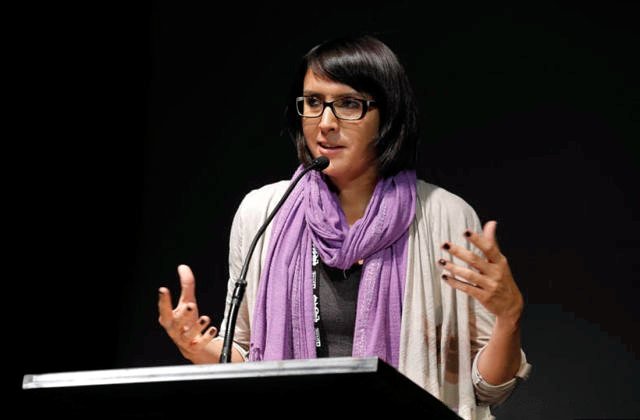
Sydney Freedland
Credit: Jemal Countess
Freeland also connects this new wave of indigenous filmmaking to the democratisation of technology. “If I’d tried to make this movie ten years ago, we probably wouldn’t have [done it],” she says. As well as having an on-set editor and shooting with an Arri Alexa, she picked up scenic material in Gallup on her iPhone. “When I go back home, I see all the kids with camera phones: they’re shooting and making their own content now; it’s not a big deal. For me, growing up, filmmaking wasn’t something people did. I didn’t pick up a camera until I was 24.”
For both Freeland and Cousineau, the agency of indigenous communities making their own media is central. “Uvanga was built from the community [in Igloolik],” says Cousineau. Like Charlie’s Country, it’s a present-day rather than historical drama, a mystery story that turns on a mixed-race teenager moving from Montreal to reconnect with his Inuit family. And as with Freedland’s film, this contemporaneity is telling. “Maybe British people think indigenous people don’t exist anymore,” Cousineau adds, “so this festival is a good occasion for them to see who these people are and how they live: their values, issues and reality. We make the film with what we have.”
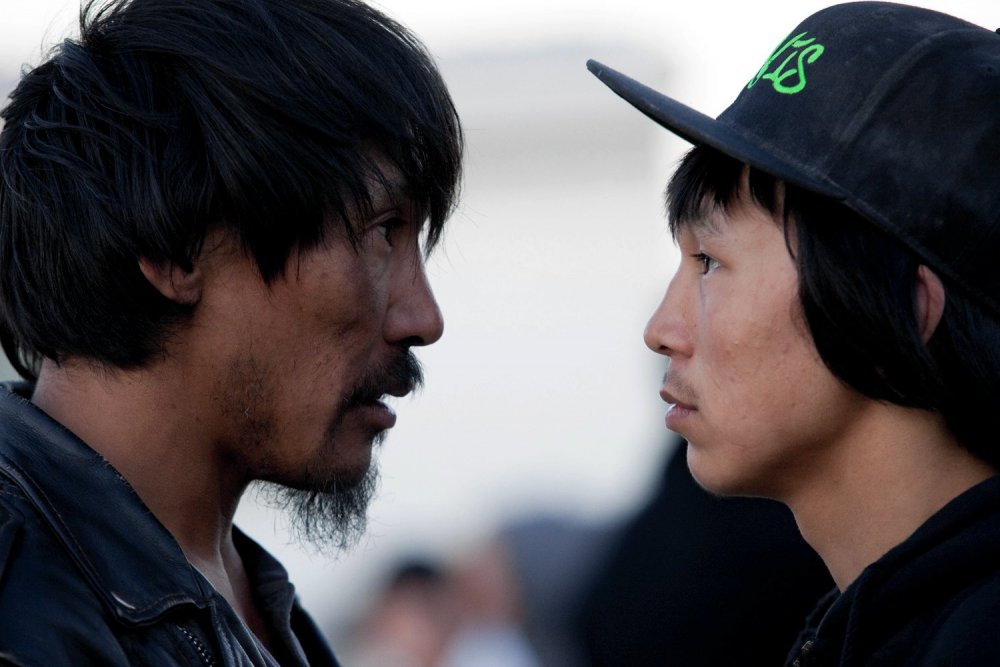
Uvanga (2013)
Such authenticity demands that the audience rethink their viewing position. “The only time that I saw some people from the UK watching the films [made by Arnait Video Productions], they were mostly reacting to animal rights – ‘Oh my gosh, they’re hunting and eating seals!’” says Cousineau. “Of course they are: it’s good for their health and their soul!”
Despite three years of the highly visible Idle No More movement in Canada for sovereignty and environmental justice (including hunting rights), indigenous politics and worldviews have yet to make much impact on Anglo-American viewers. “To the majority of Americans,” notes Freeland, “Native Americans don’t exist because they aren’t in the mainstream pop culture,” except as historical fantasies or racist stereotypes. When she named Drunktown’s Finest after the pejorative term applied to Gallup by ABC news show 20/20 in the 1980s, she turned misrepresentation into inspiration. Taking representation, production and even distribution into its own hands, twenty-first century indigenous cinema is resurgent.
-
The Digital Edition and Archive quick link
Log in here to your digital edition and archive subscription, take a look at the packages on offer and buy a subscription.




